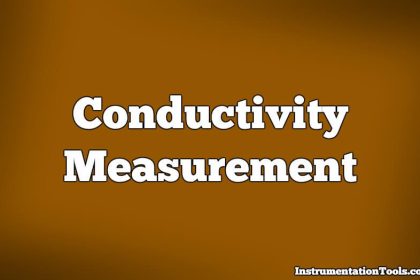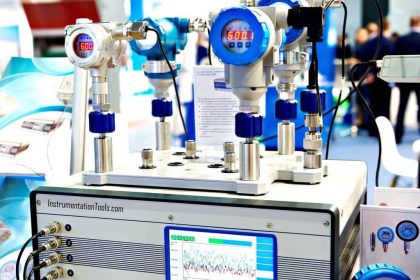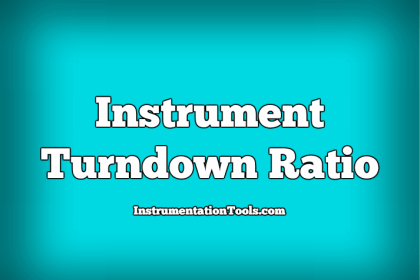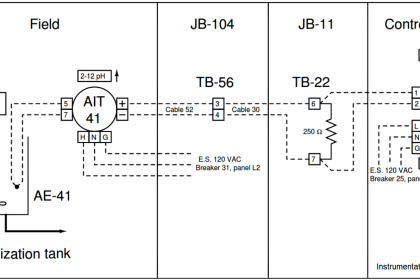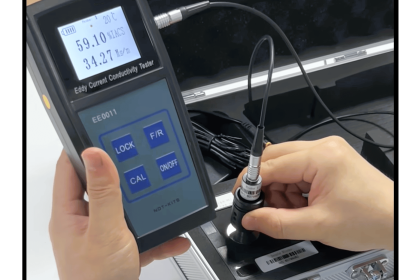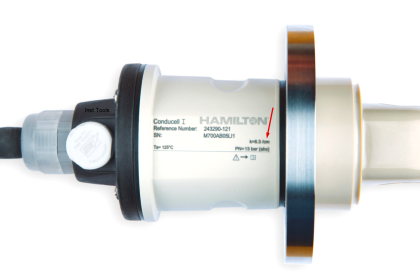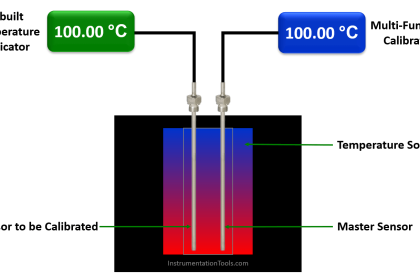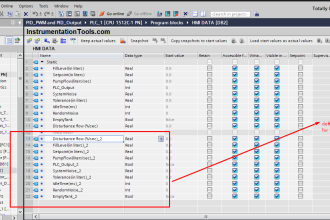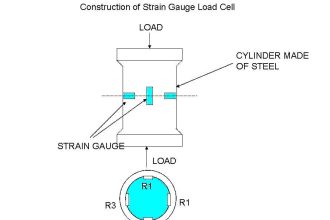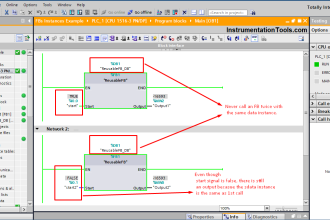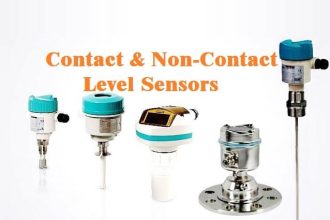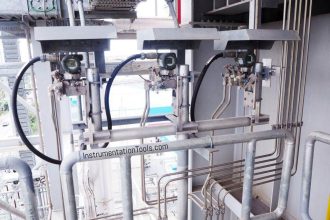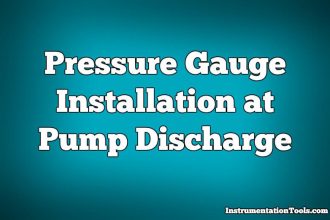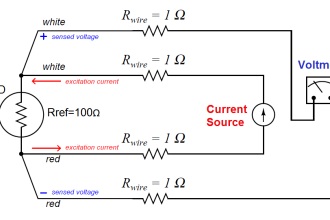Dissolved oxygen (DO) content in water is measured using a membrane electrode. To insure proper operation, the DO probe’s membrane and electrolyte should be replaced prior to calibration for the sampling event. The new membrane may need to be conditioned before it is used; consult manufacturer’s manual on how the conditioning is to be performed. Failure to perform this step may lead to erratic measurements. Before performing the calibration/measurements, inspect the membrane for air bubbles and nicks.
Calibration Procedure:
1. Gently dry the temperature sensor and remove any water droplets from the DO probe’s sensor membrane according to manufacturer’s instructions; Note that the evaporation of moisture on the temperature sensor or DO probe may influence the readings during calibration.
2. Create a 100 percent water-saturated air environment by placing a wet sponge or a wet paper towel on the bottom of the DO calibration container. Place the DO probe into the calibration container. The probe is loosely fitted into the calibration container to prevent the escape of moisture evaporating from the sponge or paper towel while maintaining ambient pressure (see manufacturer’s instructions). Note that the probe and the temperature sensor must not come in contact with these wet items.
3. Allow the confined air to become saturated with water vapor (saturation occurs in approximately 10 to 15 minutes). During this time, tum on the instrument to allow the DO probe to warm-up. Select the measurement mode. Check the temperature readings. Readings must stabilize before continuing to the next step.
4. Select calibration mode; then select “DO %”.
5. Enter the local barometric pressure (usually in mm of mercury) for the sampling location into the instrument. This measurement must be determined from an on-site barometer. Do not use barometric pressure obtained from the local weather services unless the pressure is corrected for the elevation ofthe sampling location. [Note: inches of mercury times 25.4 mmlinch equals mm of mercury or consult Oxygen Solubility at Indicated Pressure chart attached to the SOP for conversion at selected .pressures]
6. The instrument should indicate that the calibration is in progress. After calibration, the instrument should display percent saturated DO.
7. Select measurement mode and set the display to read DO mg!L and temperature. Compare the DO mg/L reading to the Oxygen Solubility at Indicated Pressure chart attached to the SOP. The numbers should agree. If they do not agree within the accuracy of the instrument (usually ± 0.2 mg!L), repeat calibration. If this does not work, change the membrane and electrolyte solution.
8. Remove the probe from the container and place it into a 0.0 mg/L DO solution (see footnote). Check temperature readings. They must stabilize before continuing.
9. Wait until the “mg/L DO” readings have stabilized. Theinstrument should read less than 0.5 mg/L (assuming an accuracy of ± 0.2 mglL). If the instrument reads above 0.5 mg/L or reads negative, it will be necessary to clean the probe, and change the membrane and electrolyte solution. If this does not work, try a new 0.0 mg/L DO solution. If these changes do not work, contact the manufacturer. Note: some projects and instruments may have different accuracy requirements. The 0.5 mg/L value may need to be adjusted based on the accuracy requirements of the project or instrument.
10. After the calibration has been completed, rinse the probe with tap or deionized water and store the probe according to manufacturer’s instructions. It is important that all of the 0.0 mg/L DO solution be rinsed off the probe so as not to effect the measurement of environmental samples.
11. Record calibration information on calibration log sheet.
Note:
1. You can either purchase the 0.0 mg/L DO solution from a vendor or prepare the solution yourself. To prepare a 0.0 mg/L DO solution, follow the procedure stated in Standard Methods (Method 4500-0 G). The method basically states to add excess sodium sulfite (until no more dissolves) and a trace amount of cobalt chloride (read warning on the label before use) to water. This solution is prepared prior to the sampling event. Note: this solution can be made without cobalt chloride, but the probe will take longer to respond to the low DO concentration.
2. some manufacturers require an altitude correction instead of a barometric correction. In that case, enter the altitude correction according to the manufacturer’s directions in Step 5 and then proceed to Step 6.
3. some instruments have a built-in barometer. Follow the manufacturer’s instructions for entering the barometric value in step 5.
